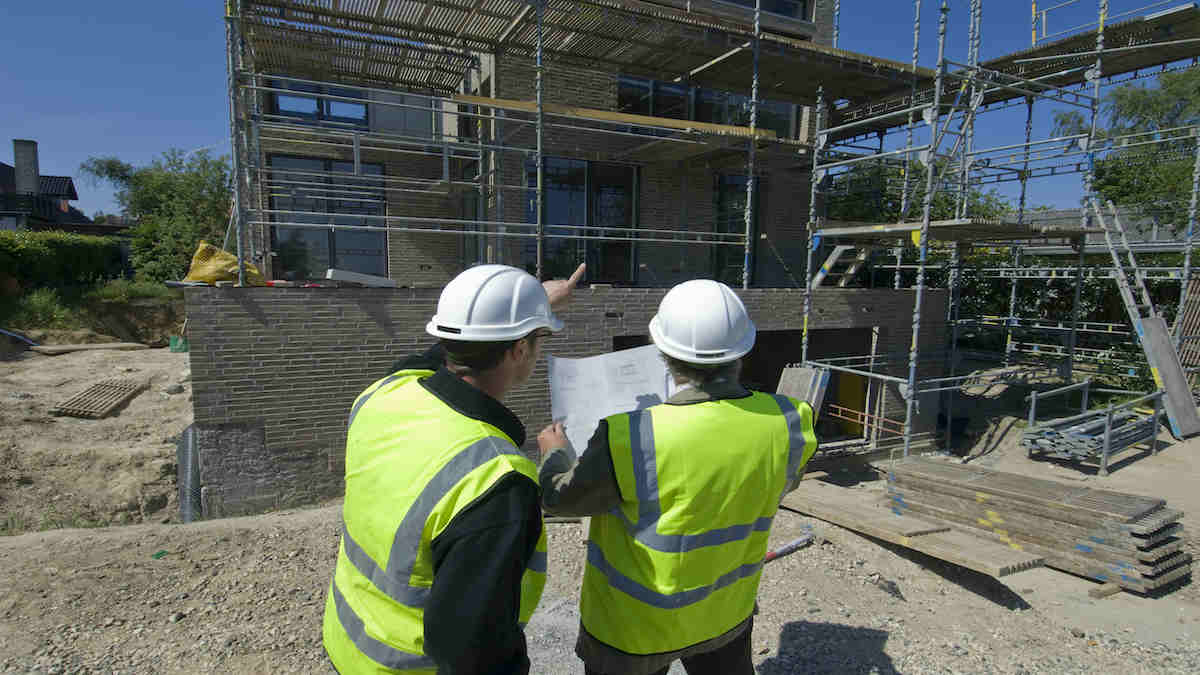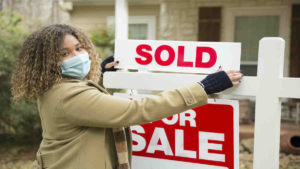Slow vaccine rollout may pull down rental yields, but residential property remains strong

Slow vaccine rollout may affect the Australian rental market Picture: Getty Images
Australia’s slow vaccine rollout will likely lead to a further rental yields decline in big cities like Sydney and Melbourne, and potentially drive away investors.
That’s according to Pete Wargent, co-founder of BuyersBuyers.com.au, who suggested that Australia’s vaccine rollout of around 2.26 million doses has still a long way to go.
In the latest government figures, 2.26 million Australians have received vaccine jabs so far, which represents 8.91 doses per 100 persons. But that figure falls short when compared to the global average of 15.07 vaccine shots per 100 people.
Part of the slow uptake in Australia is due to health concerns around the AstraZeneca vaccine, which had seen some blood clots cases overseas. There has also been a supply issue as a result of export control restrictions in production countries.
Wargent said that although the CBD and city fringes rental market has been soft due to the WFH movement, the regional areas have seen strong increases in rental yields.
“So while coastal rental markets in particular are very tight, the CBD and city fringe rental markets are soft in Sydney and Melbourne, with vacancy rates elevated and asking rents declining.”
“International student enrolments have been robust, suggesting that Australia will ultimately remain a highly favoured destination, but the reality is that this dynamic won’t be fully reversed until Australia can allow more inbound travel,” Wargent added.
His comments are backed by data from Corelogic, which shows that in 2020, homes in regional and coastal areas rose by 6.9 per cent — a capital gain three times that of the average rise for Australian cities.
It’s also a trend that has continued steadily into 2021.
Strong residential market
Despite the softness in rentals, Wargent said that overall demand for residential property still remains solid.
He points to the fact that the inability of Aussies to take trips overseas means that households have more money in their pockets to invest in properties.
“The closure of the international borders is a double-edged sword. It traps Aussie dollars at home, and a range of measures this year from stimulus cheques to mortgage holidays and early superannuation release, when combined with record low mortgage rates, have bolstered household balance sheets.”
“Those dollars have to go somewhere, and while collectibles and luxury vehicles will be drawcards for some, much is likely to be spent this year on major renovations or on upgrading to a better property,” he argued.
The latest data does show a big increase in residential property prices. In Sydney, quarterly house prices have risen by 8.5 per cent, the largest increase in three decades.
And figures from CoreLogic reported that housing prices are currently rising at the fastest rate since 1988, when the average Australian house price was $100,000.
“Investors are also now coming into the market, although they will tend to remain wary of rental vacancies in the major CBD apartment markets,” Wargent said.
The current boom has also done wonders for some property-related stocks on the ASX.
McGrath (ASX:MEA), for example, has recently upgraded its full year EBITDA guidance by $3.7 million from a year earlier. This came on the back of its strong first half, in which it reported an underlying half-year EBITDA of $6.6 million, compared to $1.6 million for the prior year’s period.
There is also the trickle down effect associated with a boom in housing, with companies like Bunnings benefiting massively from it.
Small caps that might be in play in a residential boom are stocks like Temple & Webster (ASX:TPW) and Nick Scali (ASX:NCK).
Related Topics
UNLOCK INSIGHTS
Discover the untold stories of emerging ASX stocks.
Daily news and expert analysis, it's free to subscribe.
By proceeding, you confirm you understand that we handle personal information in accordance with our Privacy Policy.








